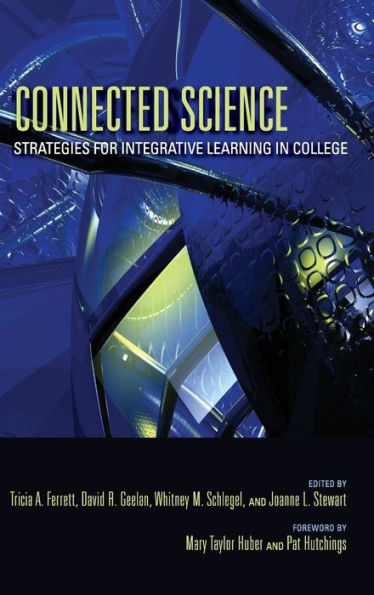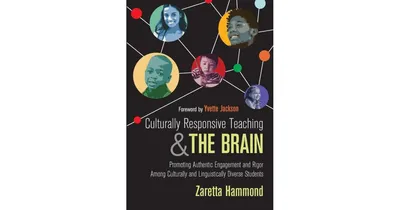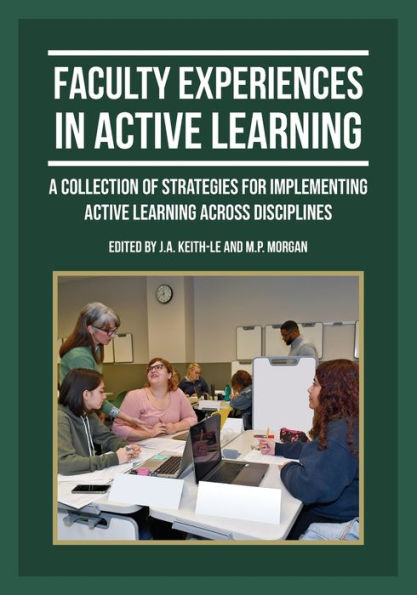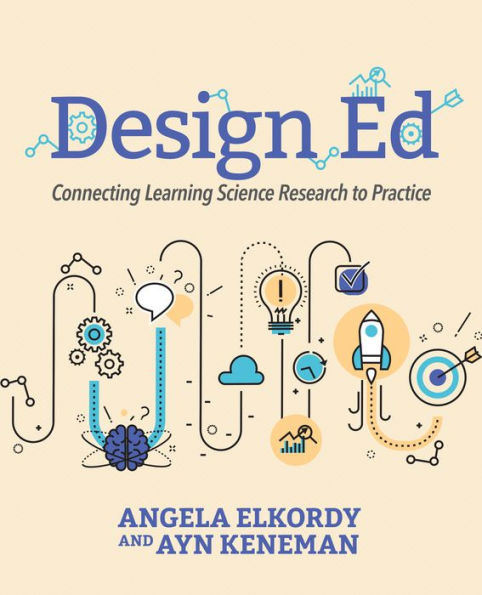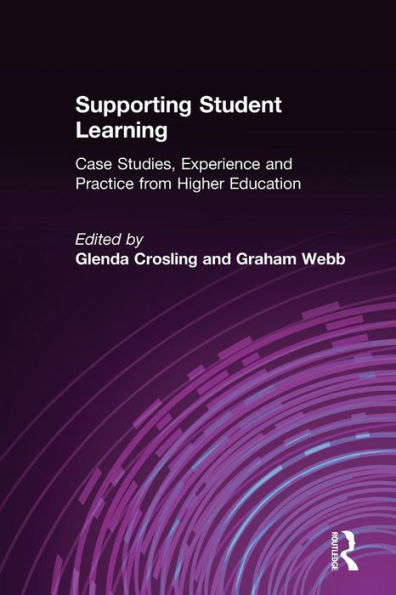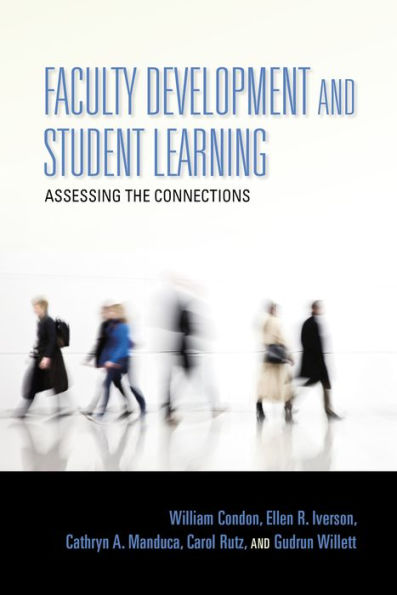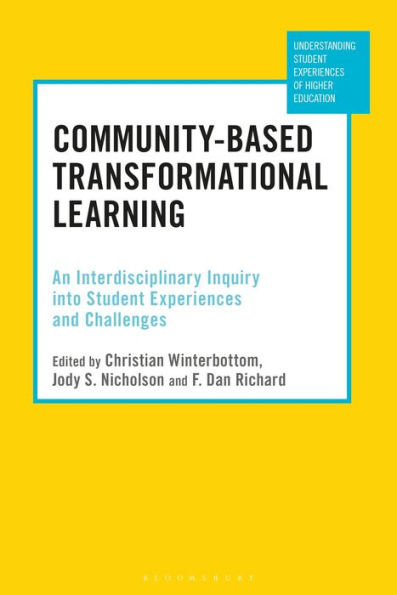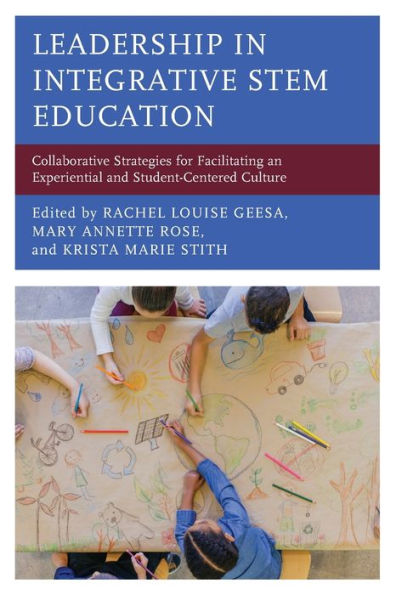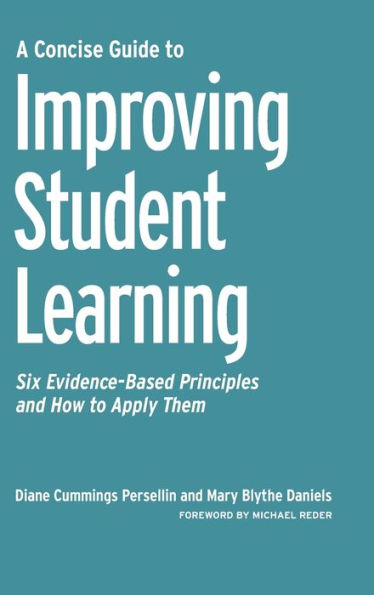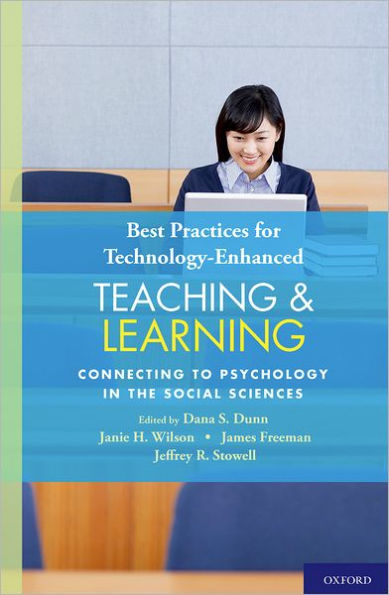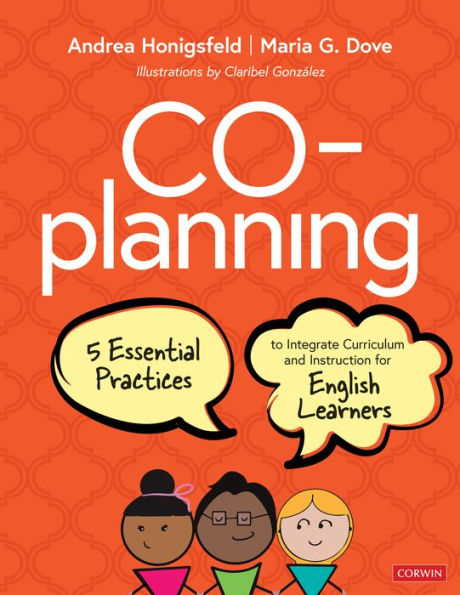Home
Facilitating the Integration of Learning: Five Research-Based Practices to Help College Students Connect Learning Across Disciplines and Lived Experience


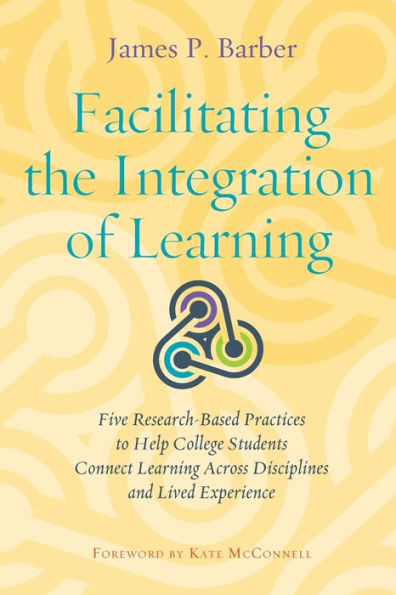
Facilitating the Integration of Learning: Five Research-Based Practices to Help College Students Connect Learning Across Disciplines and Lived Experience
Current price: $170.00
Loading Inventory...
Size: Hardcover
Students’ ability to integrate learning across contexts is a critical outcome for higher education. Often the most powerful learning experiences that students report from their college years are those that prompt integration of learning, yet it remains an outcome that few educators explicitly work towards or specify as a course objective. Given that students will be more successful in college (and in life) if they can integrate their learning, James Barber offers a guide for college educators on how to promote students’ integration of learning, and help them connect knowledge and insights across contexts, whether in-class or out-of-class, in co-curricular activities, or across courses and disciplinary boundaries. The opening chapters lay the foundation for the book, defining what integration of learning is, how to promote it and students’ capacities for reflection; and introduce the author’s research-based Integration of Learning (IOL) model.The second section of the book provides practical, real-world'strategies for facilitating integration of learning that college educators can use right away in multiple learning contexts. James Barber describes practices that readers can integrate as appropriate in their classes or activities, under chapters respectively devoted to Mentoring, Writing as Praxis, Juxtaposition, Hands-On Experiences, and Diversity and Identity. The author concludes by outlining how to apply IOL to a multiplicity of settings, such as a major, a single course, programming for a student organization, or other co-curricular experience; as well as offering guidance on assessing and documenting students’ mastery of this outcome.This book is addressed to a wide range of educators engaged with college student learning, from faculty to student affairs administrators, athletic coaches, internship supervisors, or anyone concerned with student development.
